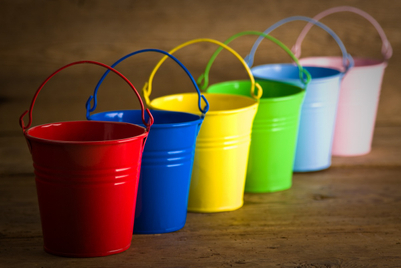
Source: Zenith's Mobile Advertising Forecasts 2017, published this week.
Key takeaway: The report unsurprisingly shows mobile usage accounting for a large and growing proportion of internet consumption across the region. However, it does not show mobile adspend keeping pace with that growth in all markets. And in some cases the discrepancy is eye-popping.


More notable numbers from the report:
- 1.3 billion: Number of smartphone users in China in 2018. The next closest is India with 530 million, then the US with 229 million.
- 66 percent: Smartphone penetration across the 52 countries included in the report, up from 63 percent in 2017 and 58 percent in 2016.
- 73 percent: Percentage of internet use that will take place on mobile in 2018 worldwide, up from 70 percent in 2017 and 65 percent in 2016.
- 36 percent: Percentage of internet use that took place on mobile in 2011.
- 59 percent: Mobile's share of internet adspend in 2018
- US$156 billion: Total 2019 mobile adspend, which translates to 26 percent of adspend across all media.
Charts drawn by Campaign, from Zenith data




.jpg&h=334&w=500&q=100&v=20250320&c=1)
.jpg&h=334&w=500&q=100&v=20250320&c=1)
.jpg&h=334&w=500&q=100&v=20250320&c=1)
.jpg&h=334&w=500&q=100&v=20250320&c=1)

.jpg&h=334&w=500&q=100&v=20250320&c=1)






.jpg&h=268&w=401&q=100&v=20250320&c=1)


